The EY Online Assessment is designed to help EY examine their candidates’ mental capability and personality fit with the firm. The test is common across most EY offices and practices, so every applicant to EY should come well-prepared.
To help you with that, this article will present the most updated overview of the test formats, breakdown of the question types and detailed preparation steps.
Table of Contents
EY Online Assessment overview
What is EY Online Assessment?
EY Online Assessment or EY Strength Assessment is the second screening round in the EY recruitment process, right after the resume. The test can include one of the following components:
- Aptitude test: comprises separate mini tests on numerical, verbal, logical, situational judgement skills, used to assess applicants on their cognitive capability and workplace behavior. It is a computer-based test, though some offices require physical attendance.
- Written test: a test containing multiple choice questions on specialized knowledge, general knowledge, IQ test and an essay. This format measures a candidate’s knowledge, mental and language skills.
- Game-based assessment: an online test format which requires candidates to play a game while their behavior and results are recorded. EY uses these data to examine the behavioral styles, personality traits and abstract thinking.
With the online assessment round, EY can eliminate the obviously unqualified candidates while avoiding letting a star candidate slip away. This helps the firm reduce resources invested in organizing the subsequent rounds.
Although the exact details of the tests vary from place to place and from position to position, the overall logic and format are fairly standardized and predictable, so there is a general approach to preparation.
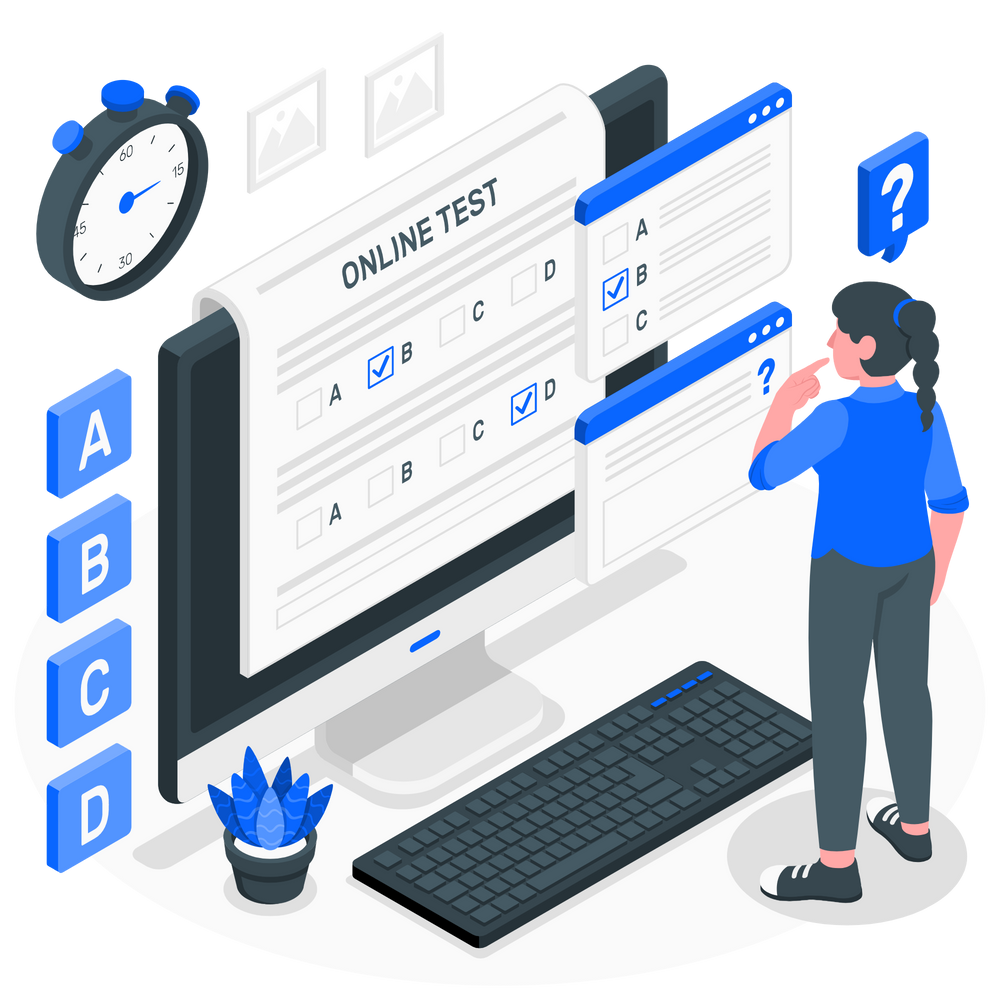
EY recruitment process
In general, the Recruitment of EY can be divided into five stages:
- Application: Applicants either submit their resume or fill in the application form on EY websites (information required includes personal details, academic backgrounds, work experience, and motivation and career path questions).
- Online Assessment: applicants are invited to complete the test online or in the EY office. The test format may include: aptitude test, written test, and game-based assessment.
- Job Simulation: workplace scenario questions in multiple formats (fill-in-the-blanks, multiple choice, list arrangement, video-answer questions, etc.).
- Assessment Center (or EY Experience Day): an event (mostly virtual nowadays) where candidates take part in many activities like group exercise and case study. It helps EY see candidates clearly in their working role.
- Final Interview: one or several interviews with a senior representative from EY about yourself, career path and motivation to apply for the expected role at EY.
Unlike consulting standardized tests like McKinsey PST or BCG Potential Test, the exact formats and details of the tests vary across locations as each EY office is entitled to their own recruitment format. However, most offices will use a combination of the aforementioned formats.
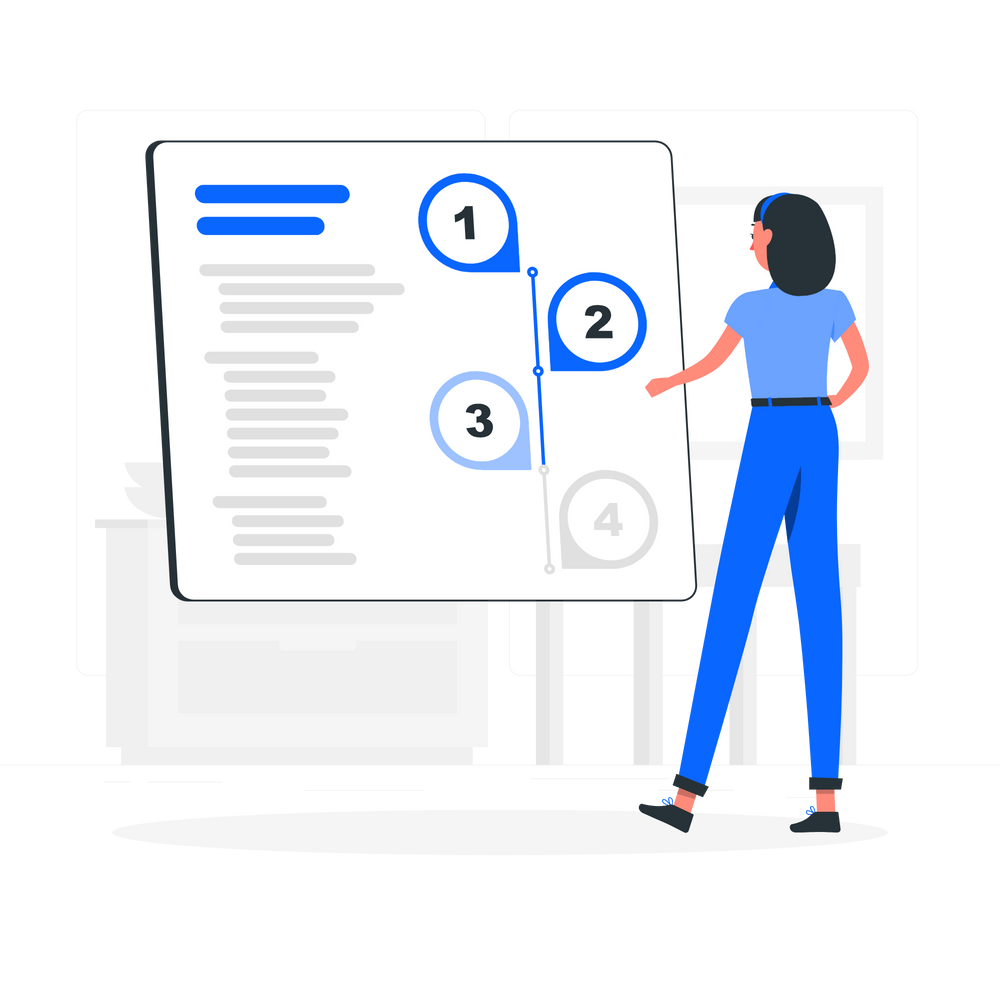
EY Online Assessment cut-off rate
EY Online Assessment cut-off score is estimated at over 80%. And as little as approximately 40% of the candidates are passed for the next round.
This test can be tough and challenging, especially for those who fail to prepare sufficiently. In the next part, we will look at common questions types and preparation steps towards nailing this test.
EY Aptitude Tests
What is the EY Aptitude Test?
EY Aptitude Test is a screening test used by EY in their online assessment round, which follows the format of standard aptitude tests. This test is developed by Saville Consulting and Capp to evaluate candidates on cognitive ability, personality and behaviour in work situations.
The test comprises multiple mini tests, including: numerical reasoning, verbal reasoning, inductive reasoning, situational judgement test.
The test is designed to evaluate candidates’ pure mental capability, so no prior knowledge is required. EY recommend their candidates to take the test via computers, rather than smartphones, to minimize technical problems.
EY numerical reasoning test
The numerical reasoning test gives numerical data in the form of charts, graphs or tables with corresponding multiple choice questions.
Applicants are required to do simple calculations, data comparisons and data interpretations to arrive at the final answers.
There are usually 12-15 questions with a limited amount of time. A calculator is usually allowed, but remember to double check with your target office.
EY uses this test to assess a candidate’s ability to understand numerical information and make correct decisions from statistical data.
Example from Saville Assessment:
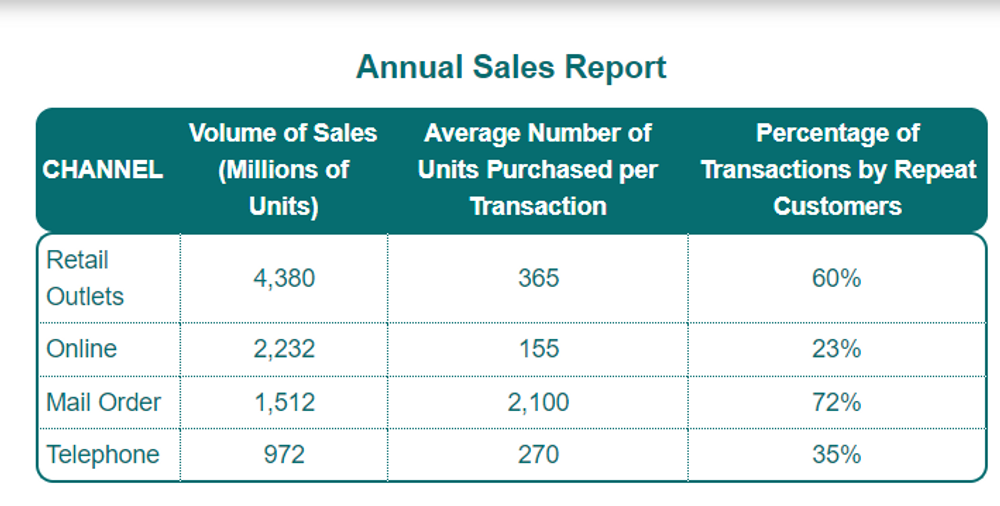
EY verbal reasoning questions
Verbal Reasoning Questions presents candidates with text passages, each followed by questions in different formats, including: vocabulary, grammar, and reading comprehension. This test helps EY measure candidates’ ability to understand and interpret complex written information.
Example from Saville Assessment:
Consumer Trends
Stick to traditional eating times and formal eating habits is no longer the norm for most people. The prevalence of eating on-the-go, both snacks and meals, is increasing significantly. The three meals a day maxim no longer holds true because more consumers are eating outside of the home and at times to suit their lifestyles. Breakfast, in particular, is now more commonly skipped and those who do eat breakfast are taking less time to prepare it. Consumers are developing more complex and paradoxical eating patterns and demanding products that are more convenient and healthier, i.e. guilt-free indulgence.
EY logical reasoning questions
Logical reasoning tests are used to measure candidates’ ability to analyse abstract problems logically through extracting rules and structures. There are three types of logical reasoning questions: inductive, deductive and abductive.
It is reported that the inductive reasoning questions are the most common in EY Online Assessment.
INDUCTIVE REASONING
Inductive reasoning questions require candidates to derive the general rule from specific observations.
The most popular question type is the diagrammatic reasoning question, which presents a series of shapes, patterns or numbers and asks candidates to determine the next one by extracting a rule.
The result reflects the candidates’ ability to handle abstract concepts in unfamiliar situations.
Example from Saville Assessment
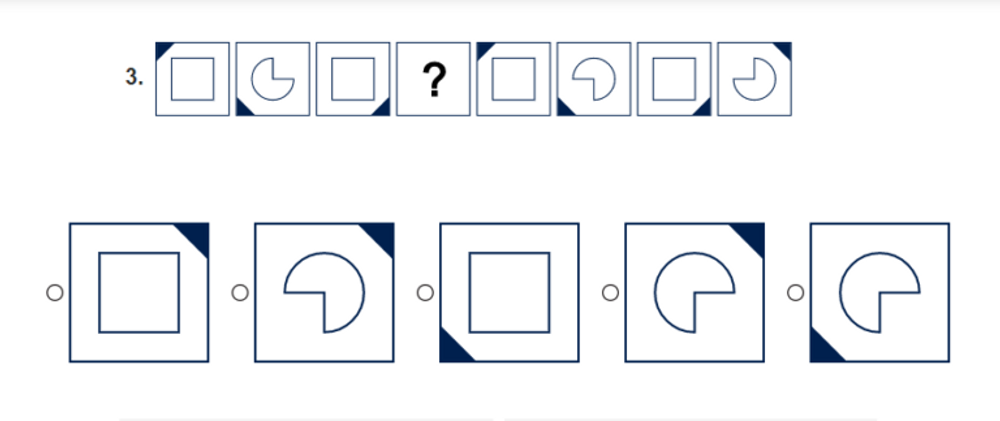
Answer: Option D
The series is based on two symbols of the same size. Each circular rotates by 90 degree and the shaded corner for both symbols also rotates by 90 degree from one symbol to the next.
EY situational judgement questions
In Situational Judgement questions, candidates are presented with different workplace scenarios, followed by a number of possible responses.
They have to choose the most likely response or rank their response according to their preferences.
Through this test, EY looks at how a candidate handles situations to determine his/her behavioural style and personal traits. There are no right or wrong answers, but EY can compare your result with that of a typical star employee to decide if this candidate is a good fit for their working culture.
Example from Cappfinity
You have been working hard on a project report for the last two days, and have almost completed it. You suddenly receive some new information from a colleague which could be of use, but have little time left to make any changes. You need to submit the report by the end of the day.
What do you do?
Please RANK ORDER the options below, with 1 being what you are most likely to do and 5 being what you are least likely to do:
A. You decide to continue working on the report as it is, and will look over the new information if you have time once you are finished.
B. You scan through the new information, and check whether there is anything important to include. Although it is close to the deadline, you are willing to adapt the report.
C. You feel confident in submitting the report without using the new information. You know you do not have enough time to make any changes to your report so close to the deadline.
D. You read through the new information, and change the report to include it. You are happy to make last-minute changes.
E. You submit the report as it is. You will wait for your manager’s feedback before you decide whether or not to include the new information.
Option A
1st.
It is crucial to submit the report on time as other people are waiting to read it. Once you’ve made sure the report is complete, you can further refine it according to your colleague’s comments.
Option B
3rd.
It’s a good thing to consider new ideas, but you could be late for the deadline if you follow this option.
Option C
5th.
This option may indicate little respect for your co-worker’s suggestions, and you can miss some valuable information.
Option D
4th.
Like option B, this response can affect your compliance with the due date. Moreover, last-minute changes may not be thorough and include unexpected errors as you have little time to review them.
Option E
2nd.
This is also an effective option as you have followed the due date. However, the addition of new ideas should be decided by you proactively, not depending on your manager.
EY written test – Accounting/Tax/Audit Test
What is the EY written test?
The EY Written Test or EY Entrance Exam is a written test on specialized knowledge, general knowledge and language. This is a paper-based test with around 60 multiple-choice questions and one essay to be completed in 90 minutes.
This test format is reported less frequently and is mostly used for internship or junior position recruitment. But it’s no harm familiarizing yourself with the written test to avoid unpleasant surprises, especially when this requires intensive learning and preparation.
EY entrance exam format
The test is used to assess candidates on knowledge, so there are questions on multiple aspects. Normally divided into 4 sections:
- Specialized knowledge (around 45 questions): questions on basic knowledge of accounting, tax, audit, and finance with proportion depends on the applying position.
- General knowledge (8 questions): questions on accumulated knowledge about general issues such as trade agreement or international relations.
- IQ Test (6 questions): takes after the formats of logical reasoning questions
- Essay: write an essay to express viewpoints, discussion on a social issue
EY Motion Challenge Game
What is the EY Motion Challenge Game?
The EY Motion Challenge Game is a game-based assessment format peculiar to EY, testing candidates’ problem-solving and abstract-thinking capability.
It requires candidates to drag objects and bars to clear the path for the red ball to come to its destination with as few moves as possible.

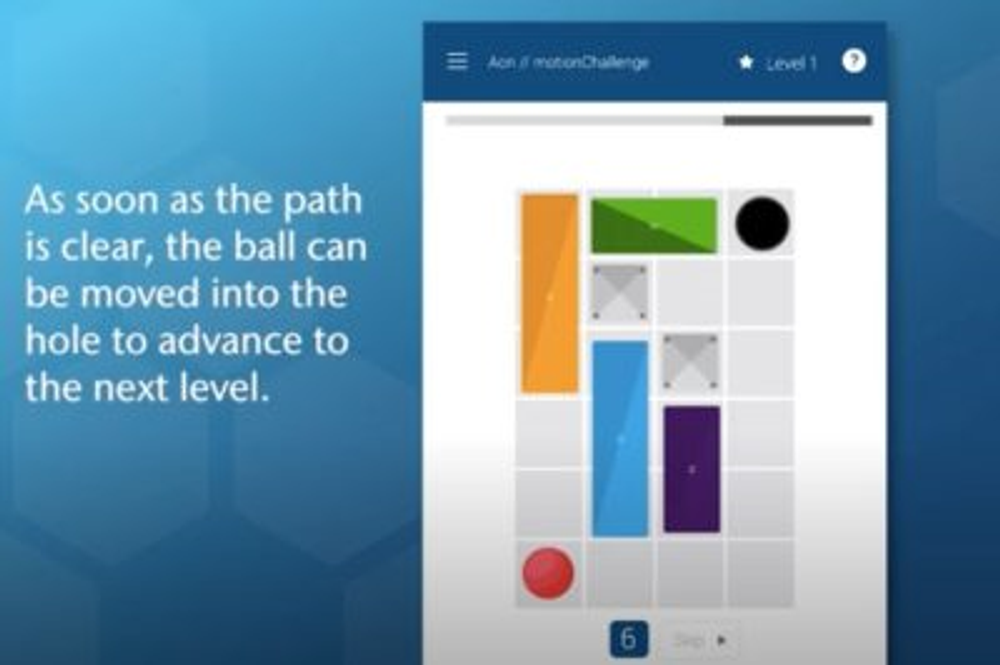
How to pass the EY Motion Challenge Game?
- Intensive practice: to pass the EY Motion Challenge, it is important to finish as soon as possible. So practice and practice to familiarize yourself with the game format, and figure out a suitable thinking style.
- Simulate the test environment: get acquainted to the test environment to prepare mentally
- Use pen and paper: keep track of your strategy for better implementation
EY Online Assessment preparation guide
Step 1: Verify test format and familiarize yourself with the test principles
Before jumping into practice, make sure you practice for the right question types.
Leverage your connection, contact HR, ask seniors, do research online, do whatever it takes to find out the test version you’re going to encounter. Once you’ve gathered enough information about your test version, start preparing right away.
First thing first, get familiar with the test principles and formats to come up with an efficient and effective preparation strategy. If you find your target office uses an unfamiliar test version, then only being familiar with the test formats can put you at a major advantage to other applicants.
Step 2: Practice numerical reasoning and mental math
Math is one unavoidable element in the EY Online Test. The numerical reasoning questions require candidates to be fast and accurate with their calculation. If you find yourself a little rusty in math, invest time and effort into practice. Remember, the more you practice, the higher chance you have at passing the aptitude test.
Don’t know where to start? Let me help you get the ball rolling.
How to Pass Numerical Reasoning Tests?
Step 3: Practice verbal reasoning and speed reading
Your test-taking period is strictly timed, and there is a lot of information to process. The questions format requires candidates to consume a large amount of written information in a short timeframe.
So to ace the EY Online Assessment, fast reading is one essential skill. My Speed Reading Techniques article will provide two methods for faster reading and better comprehension:
- Trackers and pacers: Pencils can be used as trackers and pacers to guide your readings, making it smoother and faster.
- Perceptual expansion: In this technique, you only focus on center words in each line and let your peripheral vision do the rest. This is because if you focus on one word, you can still perceive the and register the sides of it.
Step 4: Revise specialized knowledge and writing skills
If you find yourself facing the knowledge-intensive Written Test, knowledge revision and writing practice is an absolute necessity.
Make sure you are comfortable with the basic principles in Accounting/Tax/Audit/Finance before moving on to advanced ones.
Don’t walk into the test only to find that your writing and knowledge is too rusty.
Although you are not sure your test format is this, spend some time going over the material. It will help in later round or on-the-job anyway
Step 5: Practice answering questions accurately and quickly
To pass the online test, speed and accuracy is the key criteria.
In the beginning, spend as long as it takes to dig deep into the questions, crunch each number to get an accurate result.
It’s important to get as many correct answers as possible. Finishing early means nothing if you got the wrong answers. So in the first place, try to understand the underlying reasoning within each question without worrying about the time limit.
Once you’ve mastered the logic and nailed almost every question quickly, it’s time for speed improvement. The more you practice, the faster you get. Also, it’s important to embrace some test-taking tips and techniques to finish faster.
Step 6: Perform full mock test
A full mock test helps you see through your weaknesses in a real test-taking environment. This is when you come back to the previous steps to improve wherever necessary. The mock test result helps to allocate an appropriate amount of time to each practice segment.
It’s important to take full mock tests under the simulated environment several times before walking into the real one. EY does not provide mock tests so you need to piece together different question formats.
What comes after EY Online Assessment?
If you successfully pass the online assessment, it is important to be well-prepared for what’s lying ahead. As I have stated, the recruitment process varies across locations. So here is a list of the most common tests coming next.
Job Simulation/EY Video Assessment
The EY Job Simulation Assessment comprises questions in multiple formats: written response, multiple choice, listing arrangement and the most prominent one is short video responses.
The questions will be about your response in a hypothetical workplace scenario at EY.
Before taking this test, keep in mind that you have to record yourself answering questions, so dress professionally and practice your language and communication.
EY Experience Day/Assessment Center
All candidates passing the second round will be invited to one of the firm’s assessment centers, a one-day event with interactive activities, done either individually or in cooperation with other candidates including:
- Aptitude Tests: A paper-based test to validate your result in the previous round. These tests are longer and more difficult.
- Group Discussion: Candidates are divided into small groups of 4-6 and given a broad work-related topic for discussion. Then you are required to present their discussion result to a board of assessors and go through a Q&A session.
- Case Study: Candidates receive information on a hypothetical company coming to EY for advice. You must analyse the given data to come up with an action plan, and prepare a written report.
- E-tray Exercise: You will be given a number of emails to sort through. You must prioritise the more urgent ones and justify your choices to your assessor.
- Interview: An informal discussion with EY partner or a HR interview can take place in this round.
Interview
Prepare to encounter more than just one interview (HR Interview – Senior Interview – Manager Interview). The interviews cover broad areas, from personal questions to competency-based interviews. The questions are sometimes reported as unpredictable and unusual.
/filters:quality(75)//case_thumb/public/1699589977462_aptitude_tests_package_4_x.png)